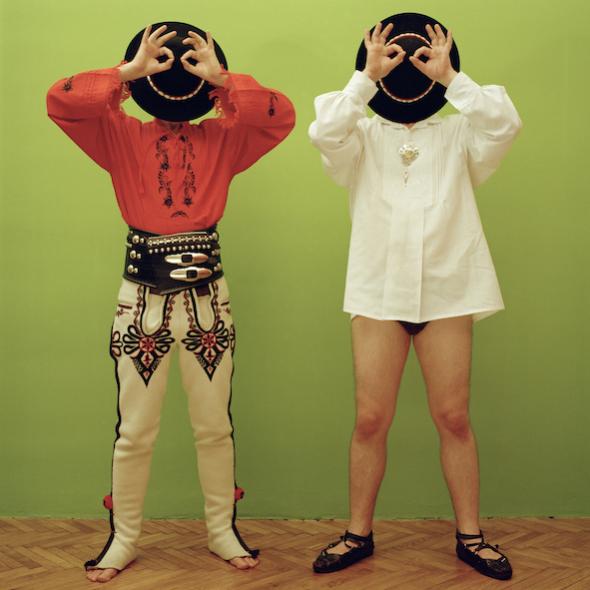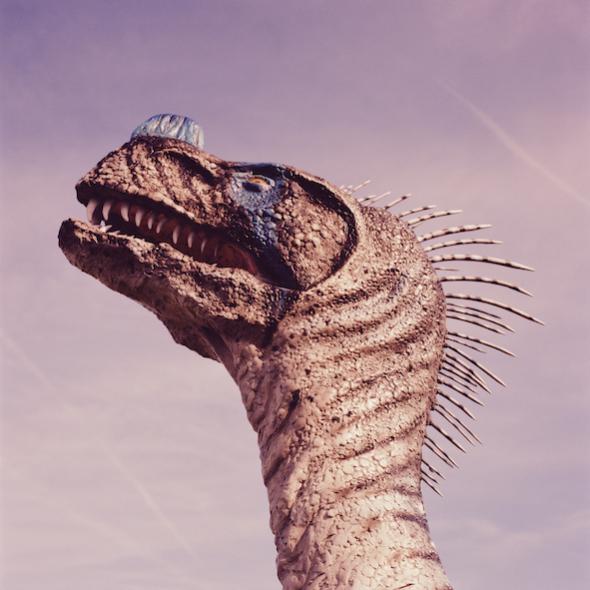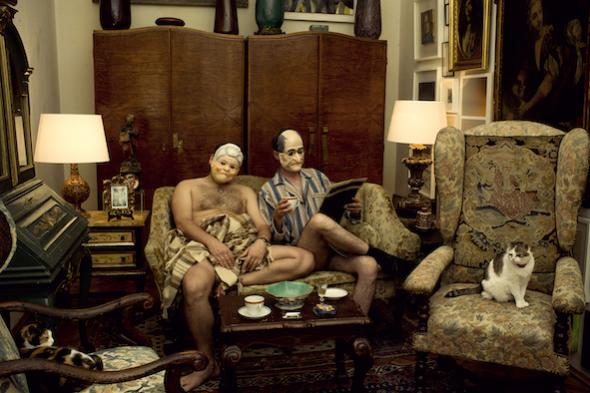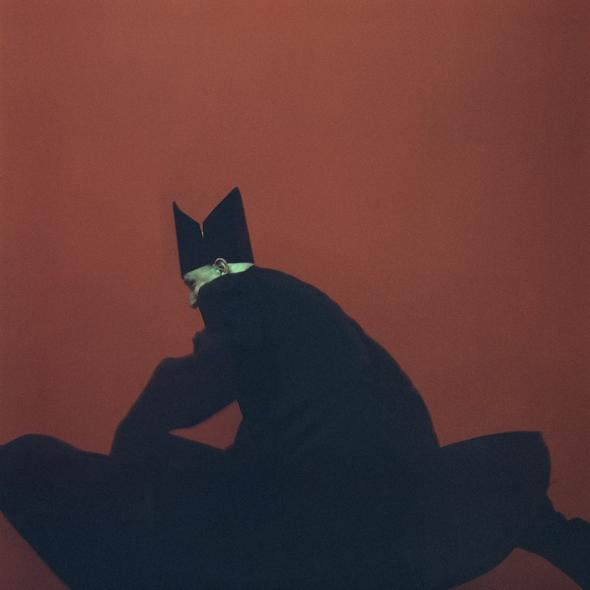Contemporary Polish Photography In Germany
Naturally, the international co-production between West Germany, Italy and France with the official Portuguese title “The Corrupt Ones” or “The Peking Medallion”, from 1967, could not have the title “Hell to Macao” – when it premiered in Salazar’s Portugal.
 Untitled from the series It’s hard to slay the dragon, but you must try (New Athens)
Untitled from the series It’s hard to slay the dragon, but you must try (New Athens)
The film, with the German title “Die Hölle von Macao” (that is, “The Hell of Macau” in German), which we have already mentioned in Jornal Tribuna de Macau, was partially shot in the then capital’s district of the FRG-Federal Republic of Germany, Spandau, West Berlin, at the CCC Studios.
In addition to the “Hell of Macau” that “existed” in this eccentric part of Berlin, today, the municipal district of Spandau has a Chinese restaurant named “China-Restaurant Macao”.
 Untitled from the series The horse you see is the horse you get (New Athens)
Untitled from the series The horse you see is the horse you get (New Athens)
 Untitled from the series It’s hard to slay the dragon, but you must try (New Athens)
Untitled from the series It’s hard to slay the dragon, but you must try (New Athens)
The same district also has its Zitadelle (citadel), a fortification with more than 800 years of history and today one of the main places for cultural and artistic events in the German capital, which, despite being bigger, reminds me of Macau’s Mount Fortress.
In September, two art exhibitions were opened at this very Zitadelle. One was the Berlin youth art exhibition co-organized by the well-known Weissensee School of Art and Design or Weissensee Academy of Art. The other was “Stage of Emergency: Polish Photo Art Today”, curated by Grażyna Siedlecka, founder of the Polish photographic platform “Fresh From Poland”, and Jens Pepper, a German photography specialist.
Of the 27 Polish photographers represented and internationally recognized, the following is is to be highlighted: Aneta Grzeszykowska and Michał Szlaga have already exhibited works in Hong Kong, while Diana Lelonek has already been presented at the Líshuǐ Photography Festival; Filip Berendt, Piotr Zbierski and Witek Orski exhibited works in Kaohsiung, Taipei and Shànghǎi; Agnieszka Rayss photographed Peking, Lánzhōu and Dūnhuáng in 2016, in an institutional exchange between China and Poland; Also Adam Lach, Kuba Dąbrowski, Łukasz Wierzbowski, Weronika Gęsicka or Zuza Krajewska, are known in the Chinese-speaking sphere through critiques and media.
The exhibition, which aims to give voice to a young generation of photographers in Poland, also includes the work of Irena Kalicka, a young artist who is critical of her country’s tendency to turn to the extreme right. I had the opportunity to present a photograph of her in the magazine “Fantasia Macau” last year.
 Untitled from the series It’s hard to slay the dragon, but you must try (New Athens)
Untitled from the series It’s hard to slay the dragon, but you must try (New Athens)
Seven photographs by Kalicka “illustrate”, with great irony, several passages from the “New Athens”, a Polish encyclopedia written in the 18th century, which will be on display at the Citadel of Berlin until the first day of the next year. Five of them are available in the author’s biography on culture.pl, a webpage promoted by the Polish Adam Mickiewicz Institute, equivalent to Portugal’s Camões Institute worldwide.
Here I present some photographs of Kalicka and let them “speak” to Buala’s readers.
 Untitled from the series The horse you see is the horse you get (New Athens)
Untitled from the series The horse you see is the horse you get (New Athens)
The article was originally published in Portuguese in Jornal Tribuna de Macau on 6 October 2022.
The author thanks Jennifer Liu for the kind suggestions to improve the text in English while nevertheless assuming the whole responsibility.